Thinking of making homemade tube feeding formula for your child? Here’s what you need to know.
There are some documented potential benefits of homemade formula, including:
- Increased variety of nutritional intake
- Improved tube feeding tolerance/bowel function
- Decreased oral aversion
There are also known disadvantages, including:
- Significantly increased preparation time
- Risk of infection or contamination
- Increased need for nutrition monitoring
- Increased risk of tube clogging
Homemade Tube Feeding Formula Checklist
Ask yourself these questions before considering homemade tube feeding formula:
1 Is my child old enough?
Similar to a child with oral intake, a child with a feeding tube may be able to get some of their nutrition (less than 25%) from food starting around 6 months and up to 100% by a year old.
2 Is it safe for my child?
Medical conditions, such as genetic disorders and food allergies, may make it unsafe to use homemade formula. Specialized commercial products are formulated to meet nutritional needs of certain conditions while excluding nutrients that your child won’t tolerate. If you wish to make your own formula, you must be aware of nutrients that your child should avoid.
3 Is my child’s gastrostomy tube at least 14-French in diameter?
Smaller tubes are more likely to become clogged, especially with homemade formula. This means that nasal tubes and jejunal tubes are generally not appropriate for homemade tube feeding.
4 Can my child be fed by syringe?
Infusing homemade blenderized formula by feeding pump is generally not recommended. For one thing, there is a high risk of bacterial contamination with formula that is at room temperature for more than 1-2 hours.
A pump is more likely to sense air, alarm and stop feeding with homemade formula than with commercial blends. In fact, use of homemade formula is contraindicated by most pump manufacturers.
5 Can my child tolerate higher volumes of formula?
Another factor to consider is how much formula your child can tolerate in a feeding or over a day. It can be difficult to meet his needs if he has trouble tolerating the amount required.
6 Do I have the time and energy?
Prep time for homemade blenderized formula is significantly longer than for commercial tube feeding formulas. Selecting foods, chopping, blending, storing and cleaning up are just some of the tasks involved.
Planning recipes that adequately meet your child’s nutrition needs can also be time-consuming.
7 Can I afford the cost of homemade formula?
While many health plans will cover commercial formulas for tube feeding, they don’t generally cover the cost of foods for homemade formula.
A high-quality blender can also be expensive. Some manufacturers will provide a discount to families using the blender for medical needs.
8 Do I have the right equipment?
A high-quality blender is necessary to achieve a consistent texture and thickness to go down the tube and not cause a clog.
You may also need measuring cups and spoons.
You will need adequate safe storage, including a reliable refrigeration and/or freezer.
9 Am I able to follow strict food safety guidelines?
Commercial liquid formulas are typically sterilized. Homemade formulas are not. Strict food safety guidelines must be followed to avoid bacterial contamination. Visit Foodsafety.gov, FightBAC!® or the Centers for Disease Control and Prevention.
10 Do I have access to a registered dietitian nutritionist (RDN) with expertise in my child’s medical condition?
Consulting a RDN is crucial to ensure adequate nutrition and normal growth and development. Ask your doctor to refer a RDN if you don’t already have one.
Your child will need frequent monitoring initially after starting homemade formula, even if it only makes up a small portion of your child’s total daily intake. The RDN may ask you to keep a log of everything your child consumes over a specified time period.
An RDN may suggest lab tests to monitor certain vitamins and minerals and electrolytes to make sure your child is receiving the right amount of protein, fluid, iron and other nutrients.
11 Do I know my child’s nutrient optimal nutrient needs?
A RDN will review your child’s current intake and determine nutrient needs based on age, gender, medical condition and other factors.
12 Do I have nutritionally complete recipes to follow?
You child may miss vital nutrients if the recipe is not complete. You may need to include additives, such as table salt or salt alternatives, different types of oils, vitamins and minerals and or water to meet fluid needs. A RDN will help you determine additives needed.
13 Do I know which foods blend well to go down the tube?
Not all ingredients will work well in homemade formula recipes. Consult a RDN or other trusted resource, such as the Homemade Blended Formula Handbook.
14 Do I have a plan in place to initiate and monitor homemade formula?
If your child has received sole nutrition from a commercial formula and hasn’t consumed food before, you may need to introduce food ingredients one at a time. A RDN can help you slowly add new foods and decrease commercial formula, while balancing nutrients and meeting your child’s needs.
15 Do I have a plan for traveling or emergencies?
You may need to keep some commercial formula on hand for extended trips away from home. You will also need it if your child becomes ill and requires continuous feeding by pump.
16 How much homemade formula should I use?
The percentage that homemade formula makes of a child’s total intake ranges from 1% to 100%. At 6 months of age, less than 25% of blenderized food is recommended, with a gradual increase to up to 100% of total intake by age 12 months. A RDN can help you find the right balance between homemade and commercial formula to meet your child’s needs.
17 Are there any commercial alternatives to homemade formula?
There are a handful of FDA-approved commercial formulas that are made of blenderized food ingredients. They are considered more shelf-stable and convenient than homemade versions. They may not be covered by all insurance plans.
Real Food Blends is indicated for use as a supplement to other commercial formulas or food. In some cases, you may need to add a multivitamin and mineral supplement or other nutrients.
Liquid Hope is intended for sole source nutrition for adults but may not be appropriate as sole source nutrition for children. The pediatric version Nourish, is indicated for pediatric patients.
Compleat Pediatric is formulated for sole source nutrition in children and also comes in a reduced calorie version.







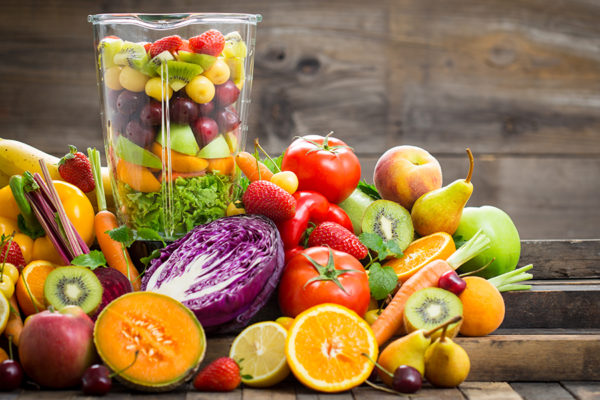

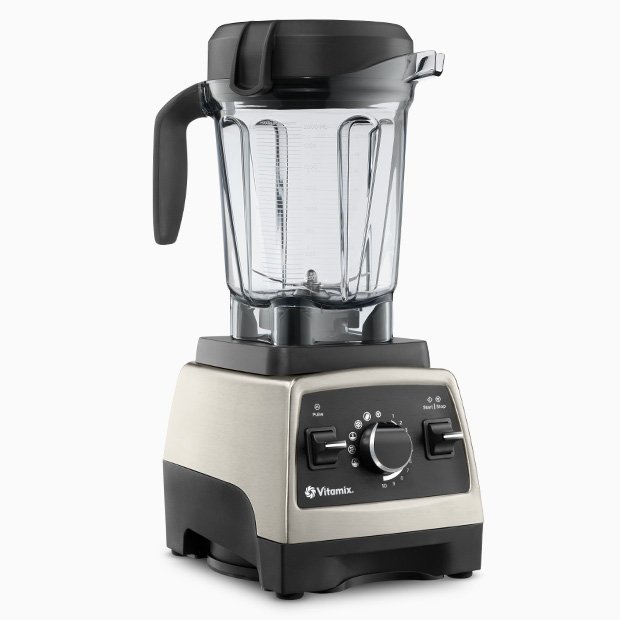


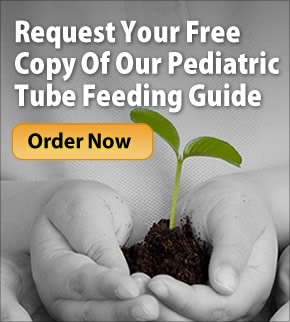









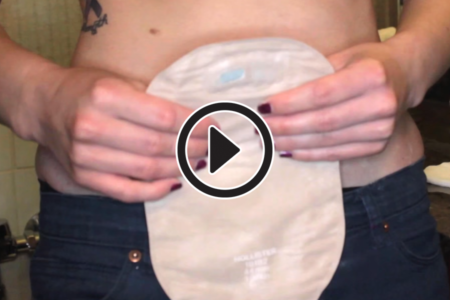

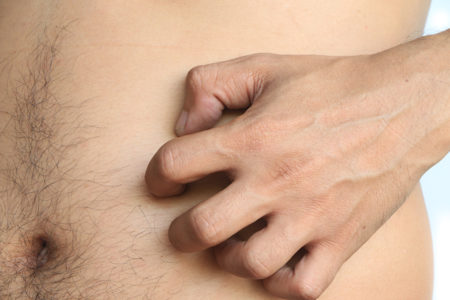


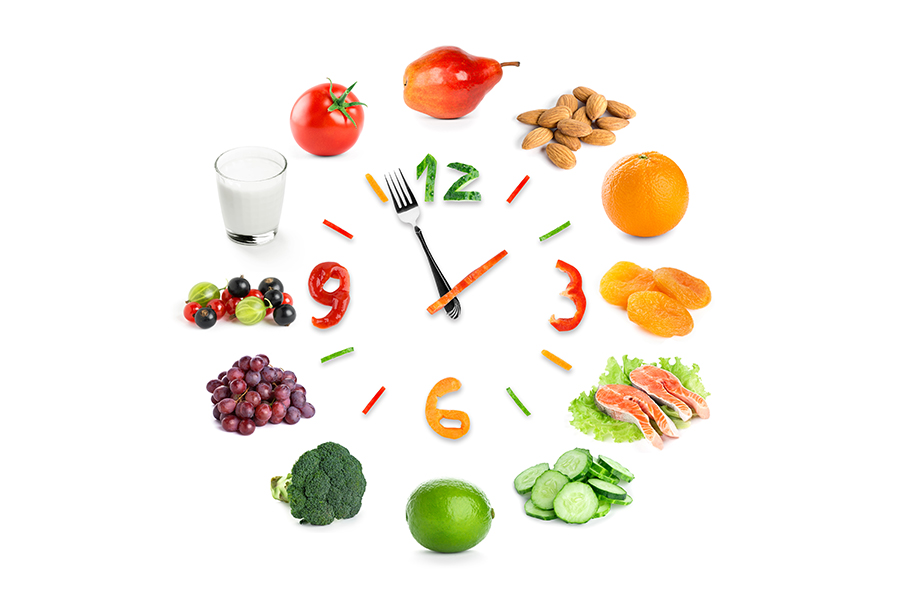
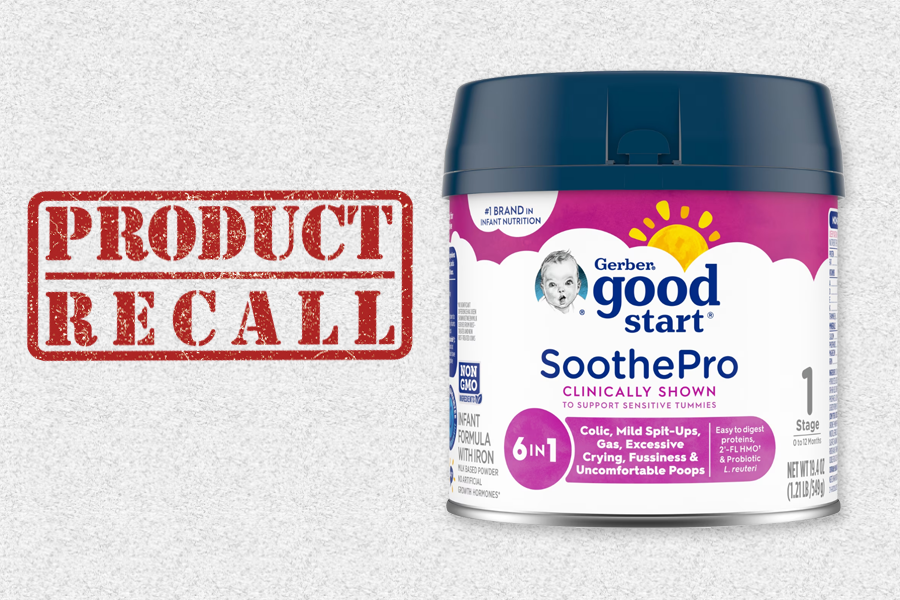
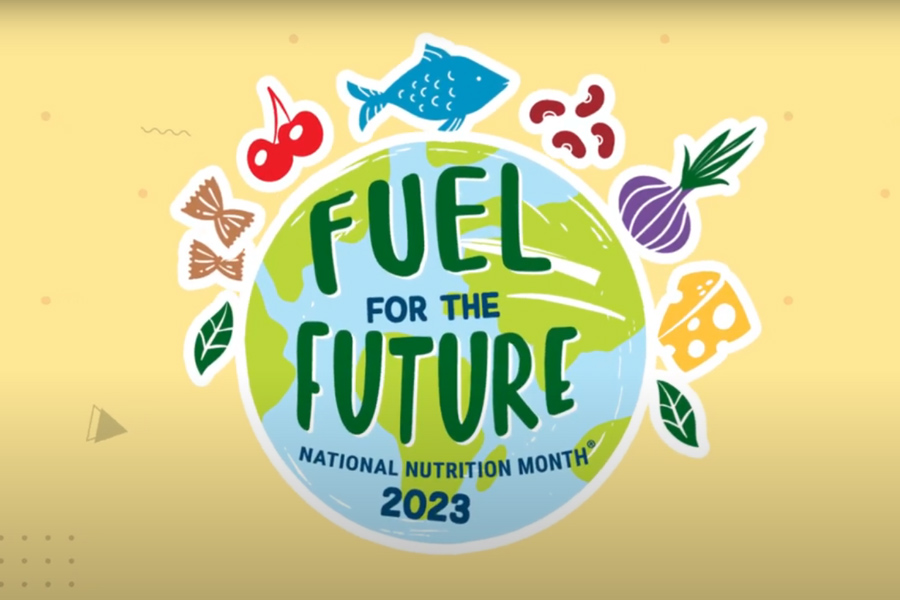

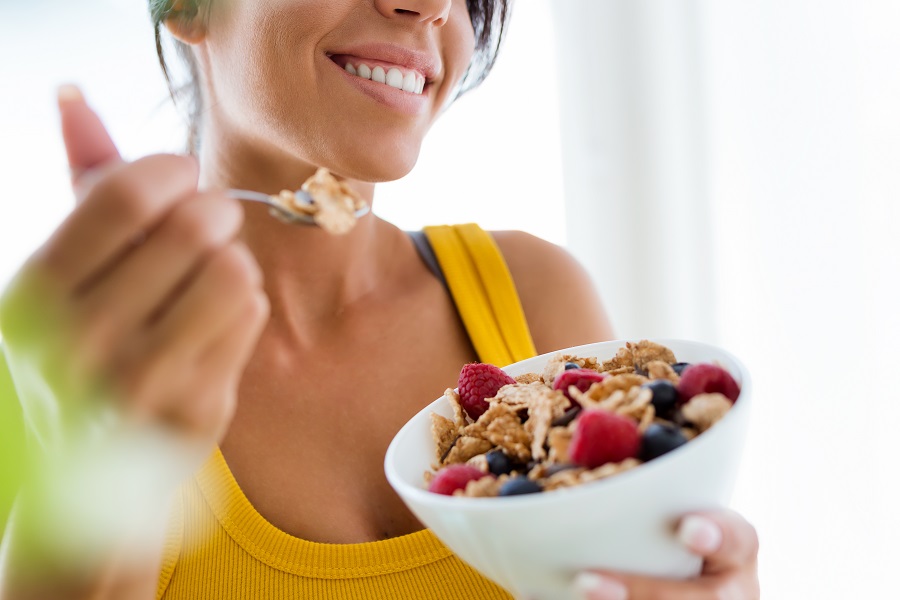
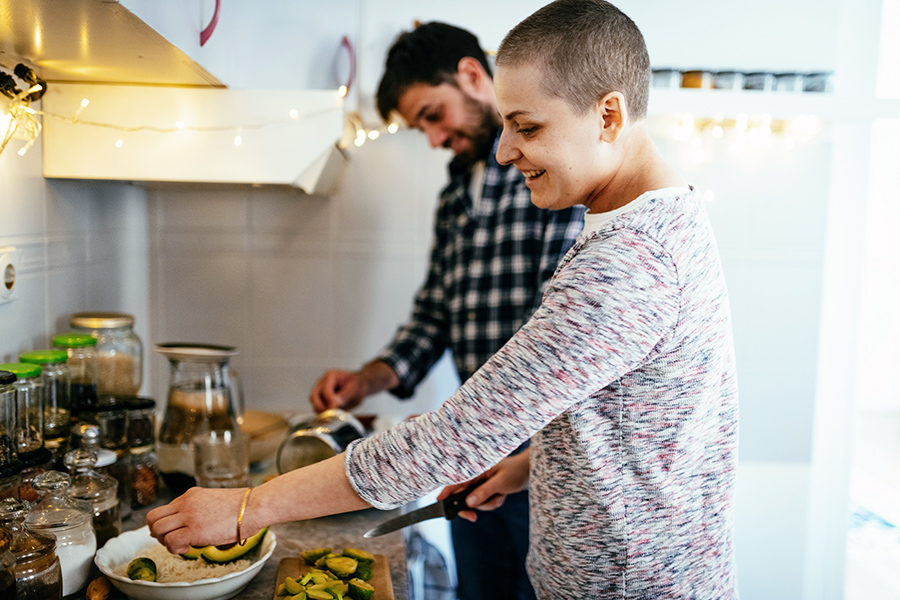
i have been using table food to feed my daughter for 20 years, she has a 14fr feeding tube..she looks great, and is the proper weight for her height..you have to buy an expensive blender, mine is $500.00, blank right now on the brand since it is nearly 3. a.m…the only thing that we cant use is strawberries, blackberries, and i dont really like doing a pancake, or french fries-real starchy stuff is just too thick, it takes forever and is not worth the hassle..she gets pizza, ocassionally a quarter pounder with cheese, subway, i give her cheerios, rice chex, malt o meal, cream of wheat, eggs, eggo waffle, nearly all fruits, and vegetables, ground turkey, chicken, turkey dogs, yogurt, the list goes on, you just avoid fruits with the tiny hard seeds-you wouldnt want to do keewee, or raspberries..bananas, cantaloupe, blueberries, apples, pears work great…this evening for dinner she had baked turkey, mashed potatoes and corn…she gets plenty of water and skim milk and green tee…she is red or blotchy or puffy, like a lot of people are who use the canned liquid diet…the G dr, changes it out maybe once every 9 months or so-she doesnt even have to get out of the wheelchair-literally takes him about one minute, there is no annestesia or anything..it is very simple and quick..i have actually changed it out a few times my self, and it took me about 30 seconds..i did that until one time i couldnt get the new one to go back in and that freaked me out-so stressful, i refuse to remove the tube now, i let the G dr do it-he is about 20 minutes away and takes me right in-anytime i have had a clog.we also use a 9 inch abdominal binder 24/7 so there is no issue of the tube getting pulled out by accident-she even wears it in the shower..we have a shower bed-like the hospitals use..the binder prevents accidents..it goes all the way around her mid section and it stays together with a 3″ wide strip of velcro..very convenient..anyhow, i can tell you the name of the blender another time…it is definitely the best one i have used in the last 20 years…